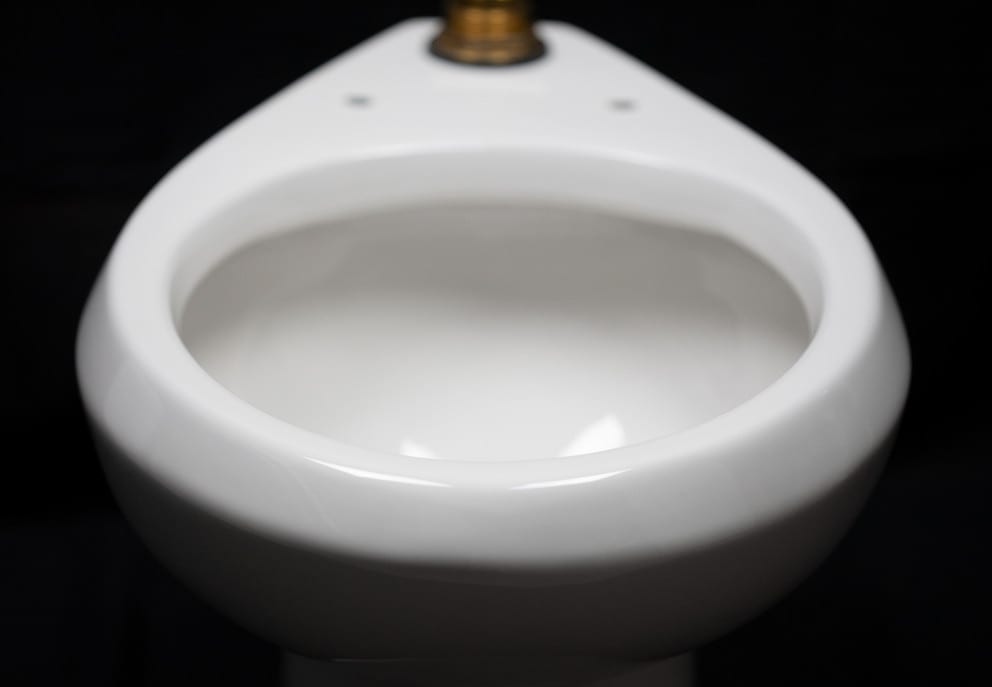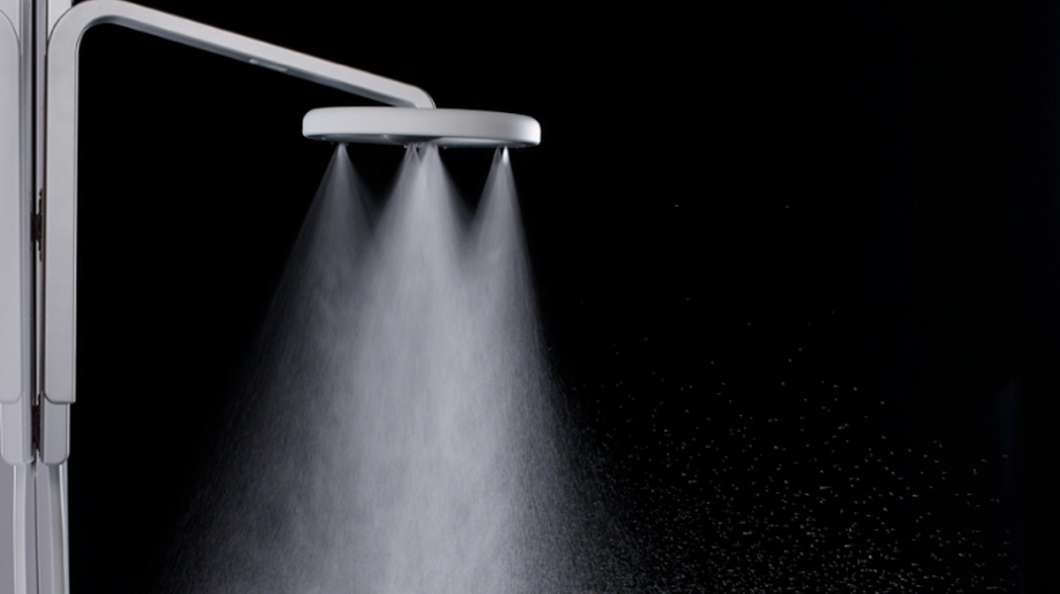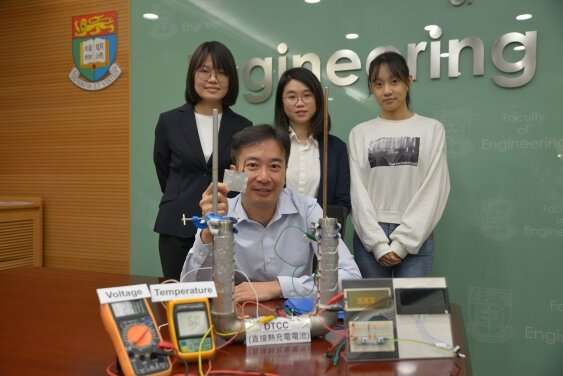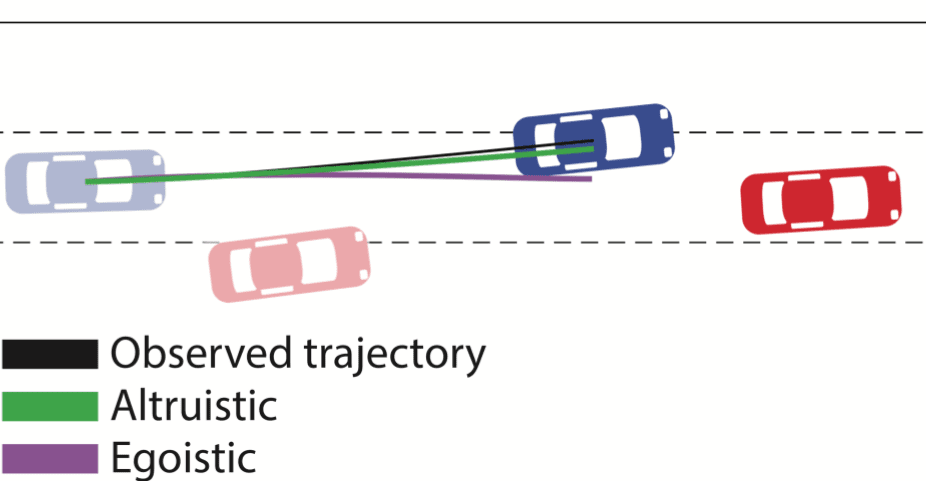
Innovative coating could reduce toilet water consumption by half, increase water sustainability
Every day, more than 141 billion liters of water are used solely to flush toilets. With millions of global citizens experiencing water scarcity, what if that amount could be reduced by 50%?
The possibility may exist through research conducted at Penn State, released today (Nov. 18) in Nature Sustainability.
“Our team has developed a robust bio-inspired, liquid, sludge- and bacteria-repellent coating that can essentially make a toilet self-cleaning,” said Tak-Sing Wong, Wormley Early Career Professor of Engineering and associate professor of mechanical engineering and biomedical engineering.
Penn State researchers have developed a method that dramatically reduces the amount of water needed to flush a conventional toilet — a bio-inspired, liquid, sludge- and bacteria-repellent coating that can essentially make a toilet self-cleaning — described in a paper in Nature Sustainability.
In the Wong Laboratory for Nature Inspired Engineering, housed within the Department of Mechanical Engineering and the Materials Research Institute, researchers have developed a method that dramatically reduces the amount of water needed to flush a conventional toilet, which usually requires 6 liters.
Co-developed by Jing Wang, a doctoral graduate from Wong’s lab, the liquid-entrenched smooth surface (LESS) coating is a two-step spray that, among other applications, can be applied to a ceramic toilet bowl. The first spray, created from molecularly grafted polymers, is the initial step in building an extremely smooth and liquid-repellent foundation.
“When it dries, the first spray grows molecules that look like little hairs, with a diameter of about 1,000,000 times thinner than a human’s,” Wang said.
While this first application creates an extremely smooth surface as is, the second spray infuses a thin layer of lubricant around those nanoscopic “hairs” to create a super-slippery surface.
“When we put that coating on a toilet in the lab and dump synthetic fecal matter on it, it (the synthetic fecal matter) just completely slides down and nothing sticks to it (the toilet),” Wang said.
With this novel slippery surface, the toilets can effectively clean residue from inside the bowl and dispose of the waste with only a fraction of the water previously needed. The researchers also predict the coating could last for about 500 flushes in a conventional toilet before a reapplication of the lubricant layer is needed.
While other liquid-infused slippery surfaces can take hours to cure, the LESS two-step coating takes less than five minutes. The researcher’s experiments also found the surface effectively repelled bacteria, particularly ones that spread infectious diseases and unpleasant odors.
If it were widely adopted in the United States, it could direct critical resources toward other important activities, to drought-stricken areas or to regions experiencing chronic water scarcity, said the researchers.
Driven by these humanitarian solutions, the researchers also hope their work can make an impact in the developing world. The technology could be used within waterless toilets, which are used extensively around the world.
“Poop sticking to the toilet is not only unpleasant to users, but it also presents serious health concerns,” Wong said.
However, if a waterless toilet or urinal used the LESS coating, the team predicts these types of fixtures would be more appealing and safer for widespread use.
To address these issues in both the United States and around the world, Wong and his collaborators, Wang, Birgitt Boschitsch, and Nan Sun, all mechanical engineering alumni, began a start-up venture.
With support from the Ben Franklin Technology Partners’ TechCelerator, the National Science Foundation, the Department of Energy, the Office of Naval Research, the Rice Business Plan Competition and Y-Combinator, their company, spotLESS Materials, is already bringing the LESS coating to market.
“Our goal is to bring impactful technology to the market so everyone can benefit,” Wong said. “To maximize the impact of our coating technology, we need to get it out of the lab.”
Looking forward, the team hopes spotLESS Materials will play a role in sustaining the world’s water resources and continue expanding the reach of their technology.
“As a researcher in an academic setting, my goal is to invent things that everyone can benefit from,” Wong said. “As a Penn Stater, I see this culture being amplified through entrepreneurship, and I’m excited to contribute.”
Learn more: New, slippery toilet coating provides cleaner flushing, saves water
The Latest on: Liquid-entrenched smooth surface coating
- This Toilet Feature Is What Helps Keep The Surface Free Of Bacteriaon May 3, 2024 at 7:45 am
Everyone loves keeping their toilet sparkling clean, and one feature you might not even be aware of is a huge help in maintaining a pristine commode.
- Surface Tension of Liquid Metalson April 13, 2024 at 5:00 pm
WHEN the available experimental values of the surface tensions of liquid metals are plotted against the reciprocals of the corresponding atomic volumes, the accompanying diagram is obtained.
- New liquid coating on solar panels improves efficiencyon April 10, 2024 at 2:48 am
Solar Eclipse 2024: Is it safe to capture solar eclipse with your mobile phone? Heres what NASA has said NASA confirms the Solar Eclipse of 2024. Safety tips shared for photographing the Sun ...
- All the Factors That Go Into Epoxy Garage Floor Costs in 2024on December 12, 2023 at 6:25 pm
This garage floor coating comes in a variety of colors ... increase the level of traction and to help avoid slips on the smooth surface. Anti-slip additives can also be requested when consulting ...
- Coatings & Surface Engineering Newson June 16, 2021 at 3:13 am
Description: Engineering360's Coatings & Surface Engineering Newsletter covers new products and developments in materials, applications, and processes for surface engineering. These include ...
- 3D Printering: Print Smoothing Tests With UV Resinon March 8, 2018 at 2:20 am
Besides good old sanding, another method is to apply a liquid coating of some kind that fills in irregularities and creates a smooth surface. There’s even a product specifically for this purpose ...
- Nonstick Coatings Informationon February 11, 2018 at 7:07 am
Many superhydrophobic coatings use nanostructured surface, nanoparticles, nanosized fibrils, or nanorods coated with a very hydrophobic non-polar, hydrocarbon, or wax-like material. Young’s equation ...
- Distant Oasison October 23, 2017 at 2:00 am
Europa's frozen, fissured surface, seen here in a colorized mosaic image from the Galileo spacecraft, hides a liquid ocean that may hold all the ingredients needed for life. Three key ingredients ...
- Surface Coatings Groupon December 17, 2016 at 9:22 am
The Surface Coatings Interest Group is one of the Royal Society of Chemistry's many Interest Groups. The Interest Groups are member driven groups which exist to benefit RSC members, and the wider ...
- DIY Powder Coatingon October 25, 2015 at 6:14 am
If you don’t yet have a toaster oven you can’t use with food, here’s yet another reason: DIY powder coating. Powder coating is much harder and more durable than paint – a property imbued ...
via Bing News
The Latest on: Toilet water consumption
- Tips For Problem Solving A Toilet That Won't Flush Correctlyon May 11, 2024 at 9:10 am
If your toilet won't flush properly, it can affect air quality and result in frustration. Our guide explores the causes of this issue and helps you fix it.
- City of Odessa says normal water use may resume, after line damagedon May 8, 2024 at 12:45 pm
The City of Odessa is asking everyone to conserve water as they work on a repair.
- City asks residents to conserve wateron May 8, 2024 at 4:47 am
Only use water for drinking, cooking, cleaning and toilet flushing when necessary. "We are working on resolving this as soon as possible," the release said. This follows several water main breaks in ...
- The best toilet cleaners, according to cleaning expertson May 7, 2024 at 11:53 am
Simply place a tablet in your toilet bowl, and it will fizz and foam. You can then use a toilet brush to scrub the sides of your bowl to get it clean. The plant-based formula is free of dyes and ...
- Gates Foundation’s toilet and sanitation exhibit in Seattle is flush with education and innovationon May 6, 2024 at 8:14 am
Doulaye Kone, interim director of the Water, Sanitation and Hygiene team at the Bill and Melinda Gates Foundation, shows off a high-tech toilet featured ...
- Shock At Gen Z Woman's Rules For 'Outdoor Potty' She Insists All Guests Useon May 6, 2024 at 6:00 am
After her bathroom got clogged, visitors must now dig a hole in the garden if they need to go, Ivy Bloom, 23, tells Newsweek ...
- Yes, You Can Train Your Cat to Use the Toilet — But Experts Warn of These Potential Consequenceson May 4, 2024 at 7:00 am
Cats are certainly capable of learning to use a toilet. (Koski even says she’s had “one or two” clients tell her that their cats have learned to use the toilet on their own.) But that doesn’t mean ...
- ‘A running toilet can waste 11,000 gallons of water monthly’on May 3, 2024 at 5:01 pm
One running toilet can waste 11,000 gallons of water ... their properties resulting in savings of about 30 per cent in water consumption. “The same for businesses, we have seen where they ...
- The end of toilet paper? Here’s what’s comingon May 3, 2024 at 1:55 pm
In an era where sustainability and technological advancements drive consumer trends, the ubiquitous presence of toilet paper may be diminishing. With environmental concerns at an all-time high and ...
- How To Fix A Gurgling Toileton May 2, 2024 at 3:23 am
Depositing items other than water-soluble toilet paper—swabs, wipes, feminine hygiene products and paper towels—may create obstructions. Use a flange toilet plunger, not a bell-shaped sink ...
via Bing News











